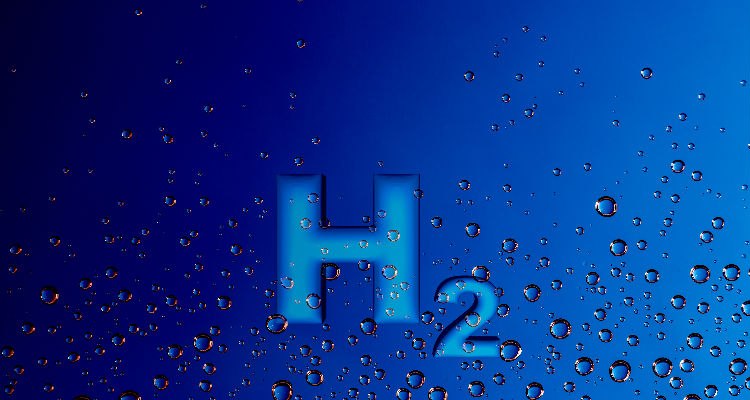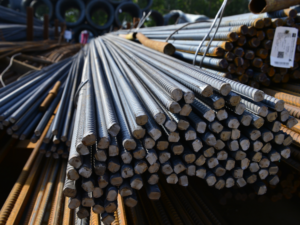As European mills are suffering from skyrocketing energy costs, the outlook for carbon-free steelmaking appears troubled.
For an annual output of 42 million tonnes, German mills use approximately 25 terawatt hours (TWh) of electricity. Around two thirds of steel output comes via the blast furnace/oxygen converter route, which consumes some 400 kilowatt hours (KWh) per tonne of steel produced. The electric arc furnace route has a higher power consumption, at 530 KWh per tonne, according to a dossier issued by the German economy ministry.
The current plans and pledges of the country’s steel industry envisage that steelmaking, along with the production of electricity needed in the process, will be based entirely on hydrogen by mid-century. But this aim requires a power consumption of 130 TWh – more than five times the amount used at present, Kallanish learns from industry federation WV Stahl.
The lion’s share of this volume, 112 TWh/year, will be needed for electrolysis for the generation of 2.2 million tonnes of green hydrogen, mostly used in direct iron reduction. Under this scenario, the scrap-based EAF route is the lesser consumer of electricity, and will take only around 15 TWh, assuming that in future the route still accounts for one third of national output.
2021 has seen a massive increase of electricity prices in various European countries (see separate story). Compared to October 2020, the price per KWh went up from some €0.04 to more than €0.13, and is expected to climb further.
For the calculation of steel production costs, this means a year-on-year increase from €16 to €52 ($18-58) per tonne on the oxygen route, and from €21 to €69 on the EAF route. It must be noted that oxygen-route integrated mills, by way of co-generation and combined cycles, generate a large share of their power demand themselves, while most EAF mills do not have this synergy.
Christian Koehl Germany






